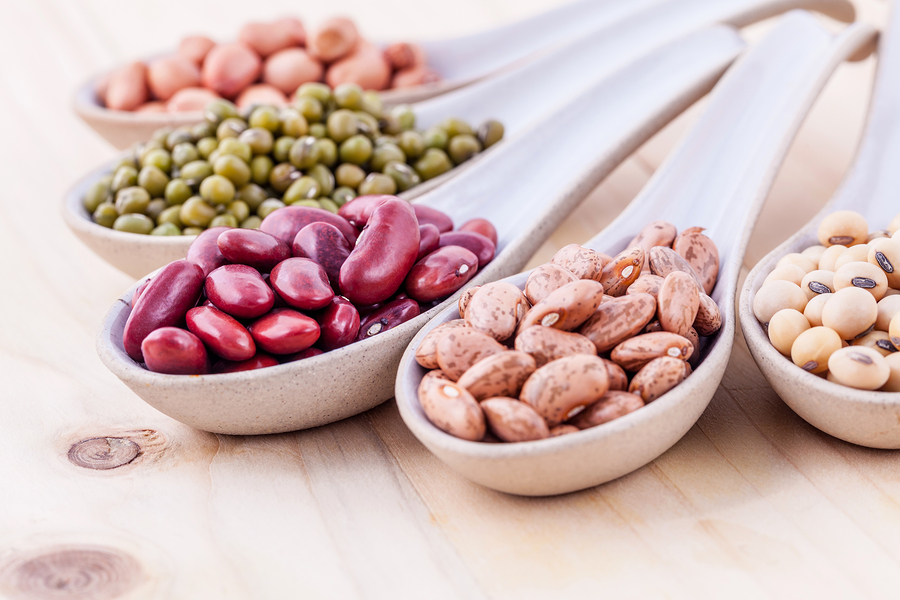Interest in plant-based diets has been growing steadily. According to the Plant Based Foods Industry, this sector now represents a more than $5 billion market in the United States alone. And a market research report earlier this year found that 6% of U.S. consumers now claim to be vegan. That’s up from 1% in 2014. (Other estimates are more conservative.)
Food companies have rushed to adapt to this trend, mostly through investment and acquisition activities.
So what would happen if we all adopted a plant-based diet? Would we get enough nutrients? How would it impact the environment if farmers no longer raised animals for food?
These are the questions researchers from the USDA and Virginia Tech answer in their paper “Nutritional and Greenhouse Gas Impacts of Removing Animals from U.S. Agriculture,” published recently in Proceedings of the National Academy of Sciences.
Here’s an overview of what they found.
The U.S. food supply would increase, but it would mostly be grains and legumes
Without animals, the agricultural system would be able to increase the total food supply by 23%. However, the vast majority of those increases would come in the form of more corn grain, soybeans, and soy flour.
This is because, the researchers suggest, we’re already maxed out on the ability to grow fruits and vegetables. They write: “Given the tremendous domestic demand for fruits and vegetables, if it was viable to produce more of these high-value crops in the current system, this would already be occurring. Limitations on increased fruit and vegetable production may reflect suitability of land, climate, and infrastructure to grow these crops.”
Total nutrient supply would increase, but there would be shortfalls
Without animals, the total supply of nutrients could increase “markedly,” and be “in excess of domestic requirements.” However, not all nutrients would be available in sufficient numbers.
There would be shortfalls of calcium, three types of fatty acids, and vitamins A and B12. For the fatty acids and vitamins in particular, the researchers note that “animal products are the only nonsupplemental sources commonly found in human diets.”
Individual diets would provide plenty of energy, but lack required micronutrients
The nutrient supply as a whole is different from the nutrient supply in an individual’s diet. The authors note that while it’s possible for an individual to get all required nutrients from a plant-based diet, in practice, “this can be a challenge to achieve.”
The researchers found that it would be difficult to meet nutritional requirements while still consuming less than 4.4 lbs (2 kg) of food per day. In particular, while a plant-based diet would provide excess energy (an undesirable effect given the prevalence of obesity), it would be deficient in critical micronutrients, including those that would be in short supply overall.
Greenhouse gases would decrease, but not by as much as many think
Finally, removing animals from the system would decrease greenhouse gases due to agriculture by 28%, which would reduce total U.S. GHG emissions by 2.6%.
Animals are responsible for about half of the GHGs attributable to agriculture. But, removing them won’t get back that entire half because fertilizers would need to be produced to replace animal manures. Currently, the total impact of agriculture on U.S. GHG emissions is 9%. So, the 28% decrease would translate into a less than 3% overall decline in this type of environmental impact.
Conclusion
Overall, the authors conclude that removing animals would produce mixed results. On the one hand, GHGs would decrease and there’d be more food available. On the other, the food supply would not be provide all of the nutrients we need without supplementation.
